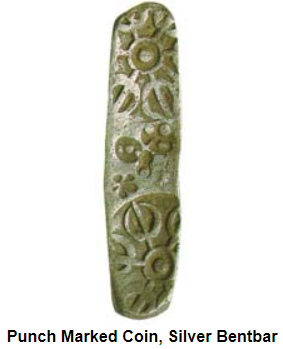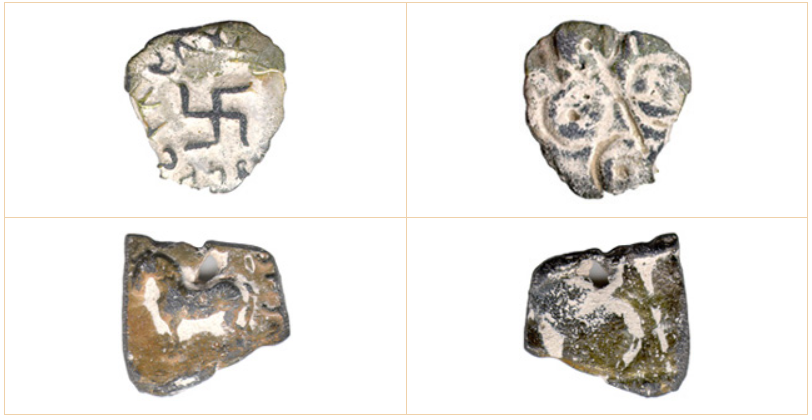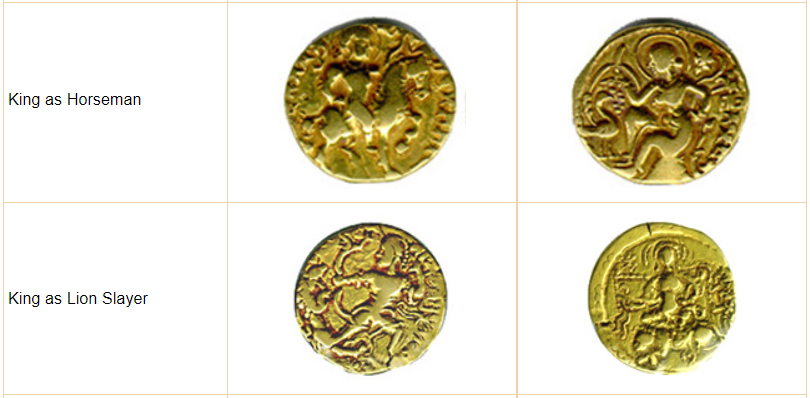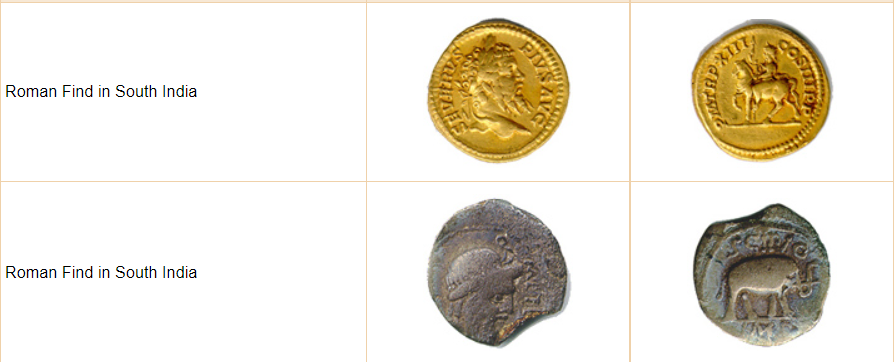Evolution of Coinage System in India | 28 Oct 2022
For Prelims: Coinage System in India, Coins of Ancient and Modern India
For Mains: Evolution of Coinage System in India, Salient Features of Coinage System of Ancient and Modern India
Why in News?
Recently, the Government of NCT of Delhi has appealed to the Prime Minister of India to have images of Goddess Lakshmi and Lord Ganesh printed on the new currency notes.
- India has a long tradition of coinage with images of gods and goddesses. The Kushans, who ruled till 3rd century AD, were the first to use the image of Goddess Lakshmi on their coins.
What has been the History of Coinage in India?
- Punch Marked Coins:
- The first documented coinage is deemed to start with 'Punch Marked' coins issued between the 7th-6th century BC and 1st century AD.
- These coins are called 'punch-marked' coins because of their manufacturing technique. Mostly made of silver, these bear symbols, each of which was punched on the coin with a separate punch.
- They are broadly classified into two periods:
- The first period is attributed to the Janapadas or small local states.
- The second period is attributed to the Imperial Mauryan period.
- The motifs found on these coins were mostly drawn from nature like the sun, various animal motifs, trees, hills etc.
- Dynastic Coins:
- The earliest of these coins relate to those of the Indo-Greeks, the Saka-Pahlavas and the Kushans. These coins are generally placed between the 2nd century BC and 2nd century AD.
- Indo Greeks:
- Hellenistic traditions characterise the silver coins of the Indo-Greeks, with Greek gods and goddesses figuring prominently, apart from the portraits of the issuers.
- Sakas:
- The Saka coinage of the Western Kshatrapas are perhaps the earliest dated coins, the dates being given in the Saka era which commences in AD 78.
- The Saka era represents the official calendar of the Indian Republic.
- Kushans:
- Kushans, who hailed from the Central Asian region depicted Oesho (Shiva), moon deity Miro and Buddha in their coinage.
- Earliest Kushan coinage is generally attributed to Vima Kadphises.
- The Kushan coins generally depicted iconographic forms drawn from Greek, Mesopotamian, Zorastrian and Indian mythology.
- Siva, Buddha and Kartikeya were the major Indian deities portrayed.
-
- Satavahana:
- The dates of their coming into power are contentious and are variously put between 270 BC to 30 BC.
- Their coins were predominantly of copper and lead; however, silver issues are also known.
- These coins carried the motifs of fauna like elephants, lions, bulls, horses, etc. often juxtaposed against motifs from nature like hills, tree, etc.
- The silver coins of the Satavahanas carried portraits and bilingual legends, which were inspired by the Kshatrapa types.
- Satavahana:
-
- Western Kshatrapa:
- The legends on the coins were generally in Greek and Brahmi, Kharoshti too was used.
- The Western Kshatrap coins are reckoned to be the earliest coins bearing dates.
- The common copper coins are the 'bull and hill' and the 'elephant and hill' types.
- Western Kshatrapa:
-
- Gupta:
- Gupta coinage (4th-6th centuries AD) followed the tradition of the Kushans, depicting the king on the obverse and a deity on the reverse; the deities were Indian and the legends were in Brahmi.
- The earliest Gupta coins are attributed to Samudragupta, Chandragupta II and Kumaragupta and their coins often commemorate dynastic succession as well as significant socio-political events, like marriage alliances, the horse sacrifice, or for that matter artistic and personal accomplishments of royal members (Lyrist, Archer, Lion-slayer etc.).
- Gupta:
- South Indian Coinage:
- Cheras:
-
- Chola:
-
- Alupas of Udupi:
- Foreign Coins:
- British Coins:
- The British East India Co. at Madras Presidency minted coins labelled as the Three Swamy Pagoda, which depicts Lord Balaji flanked by Sridevi and Bhudevi on either side.
- Other Coins:
- Ancient India had considerable trade links with the Middle East, Europe (Greece and Rome) as well as China. This trade was carried out over land partly along what came to be alluded to as the silk route and partly through maritime trade.
- In South India, which had a thriving maritime trade, Roman coins even circulated in their original form, albeit slashed at times as a gesture disclaiming intrusions of foreign sovereignty.
- British Coins:
UPSC Civil Services Examination Previous Year Question
Q. How do you justify the view that the level of excellence of the Gupta numismatic art is not at all noticeable in later times? (2017)
Source: TH









